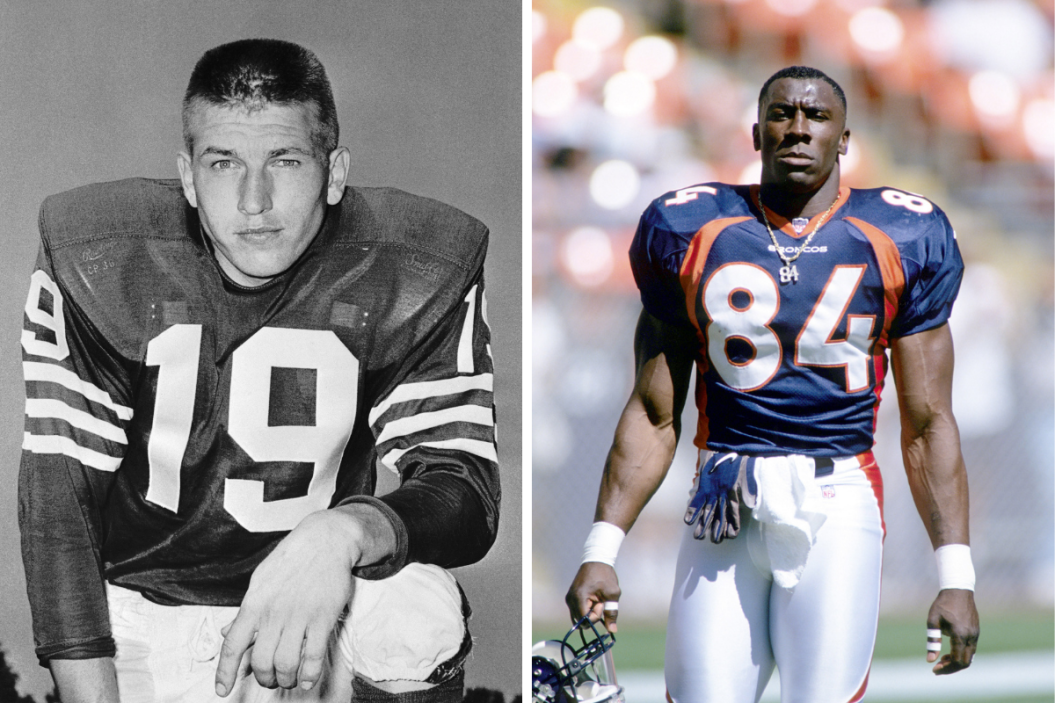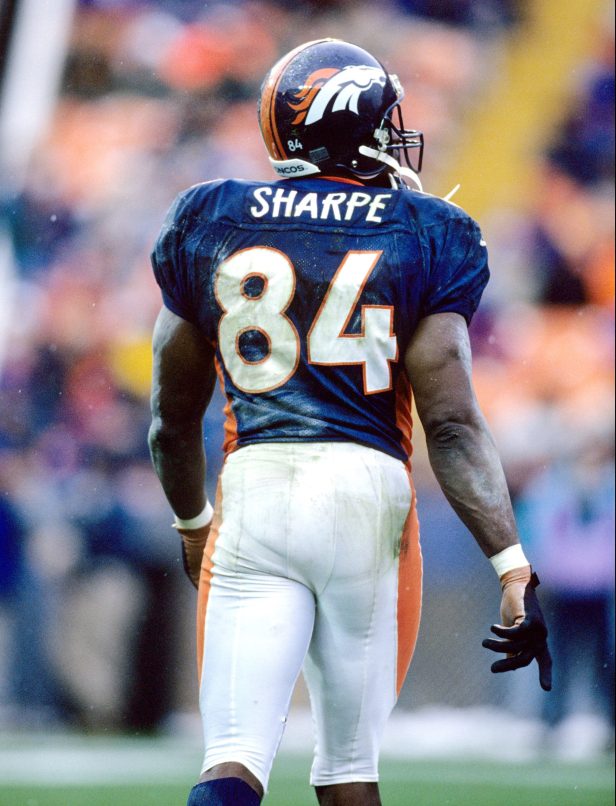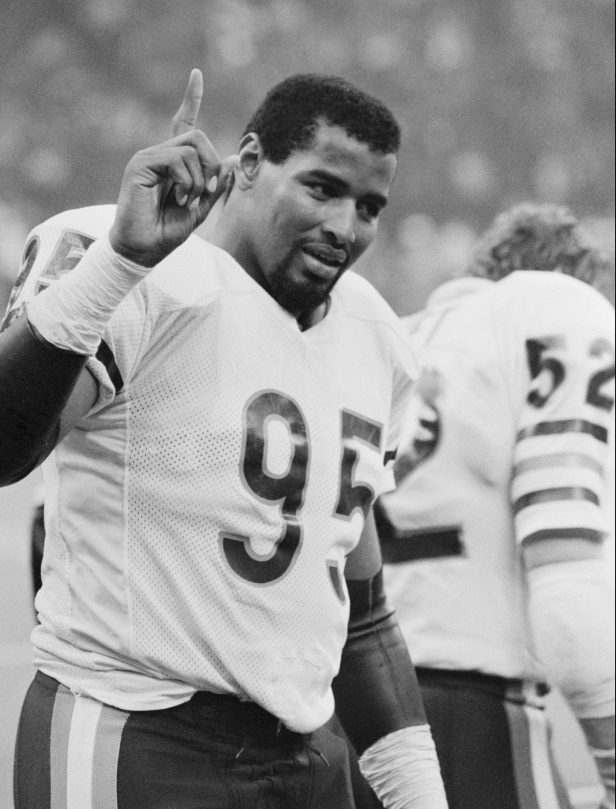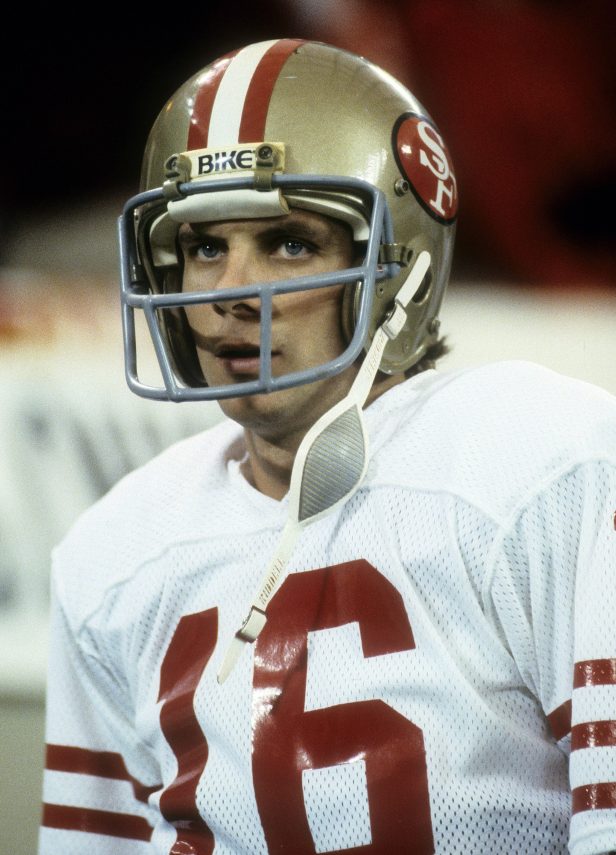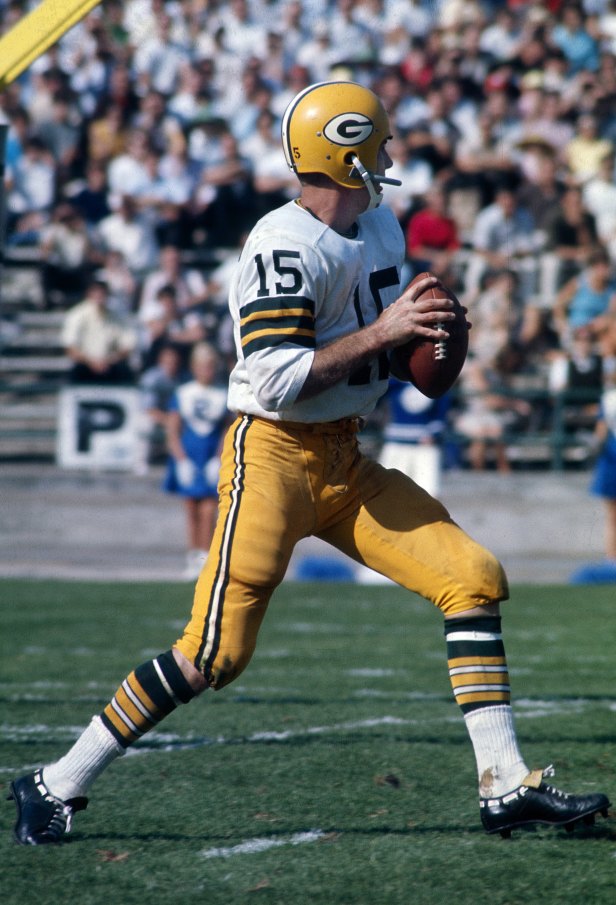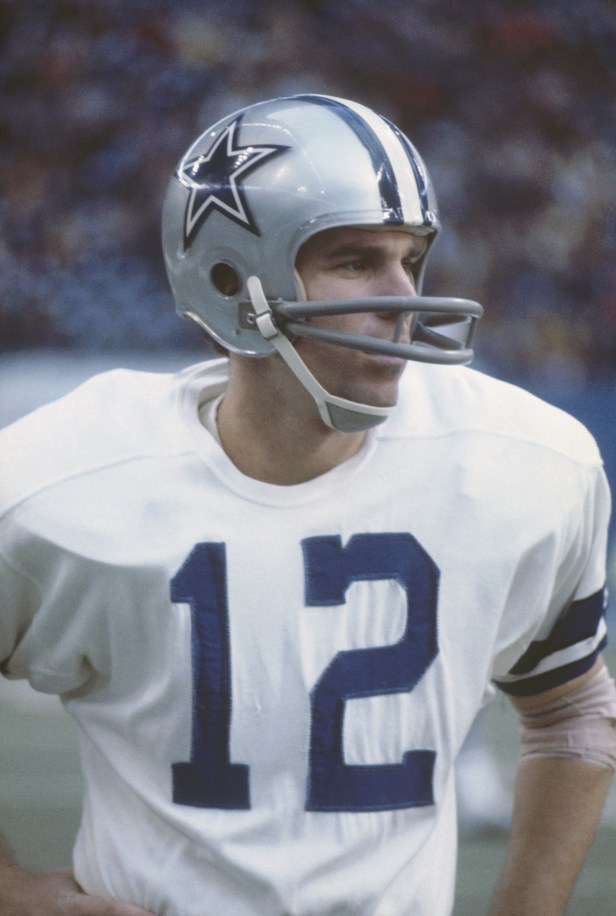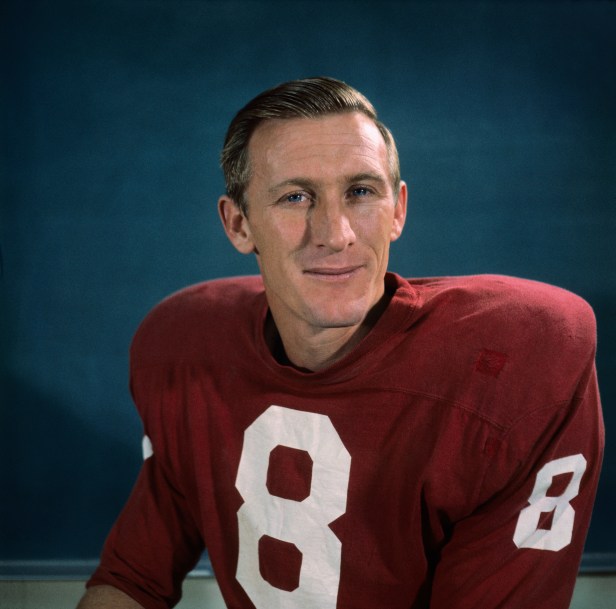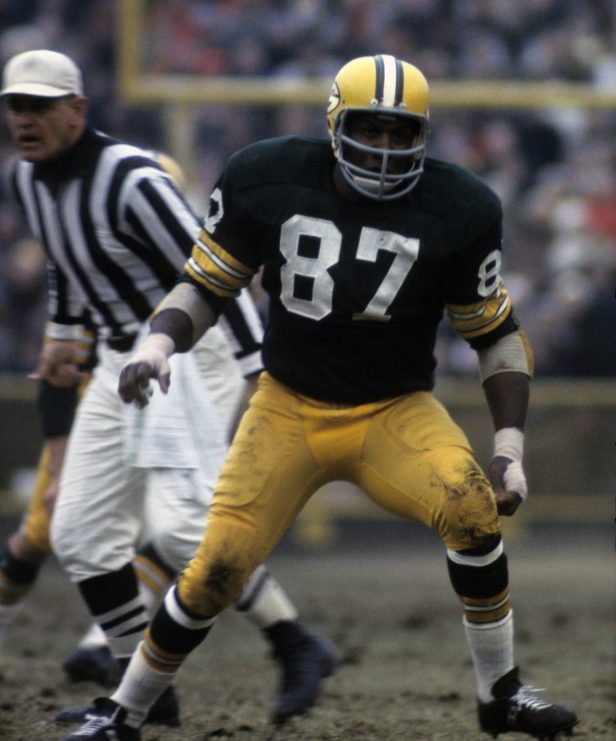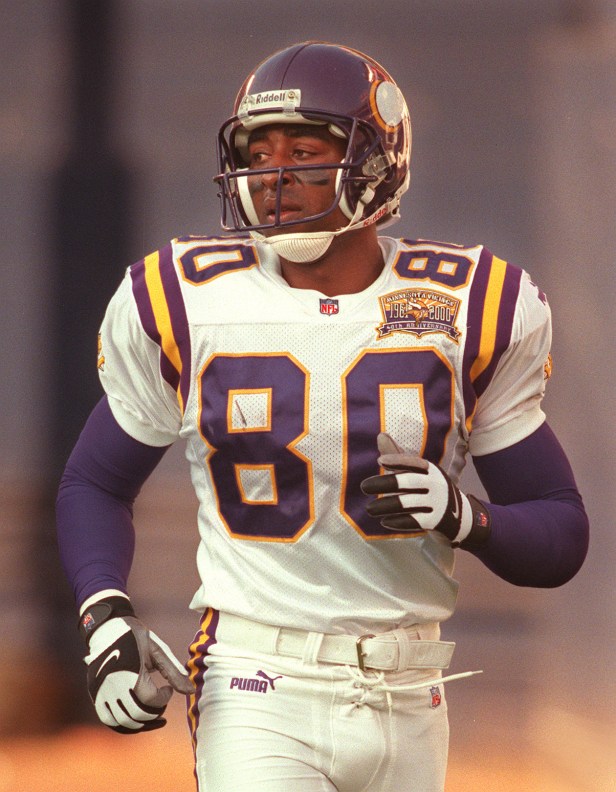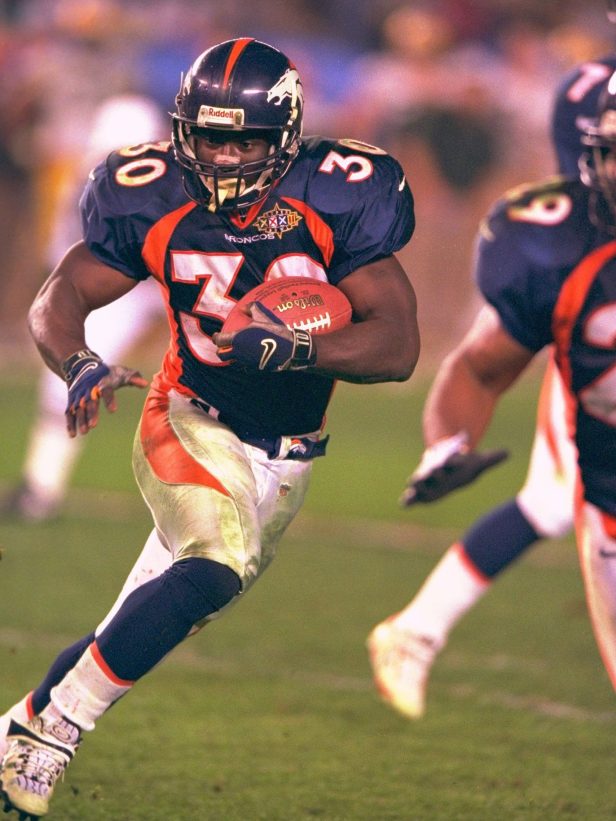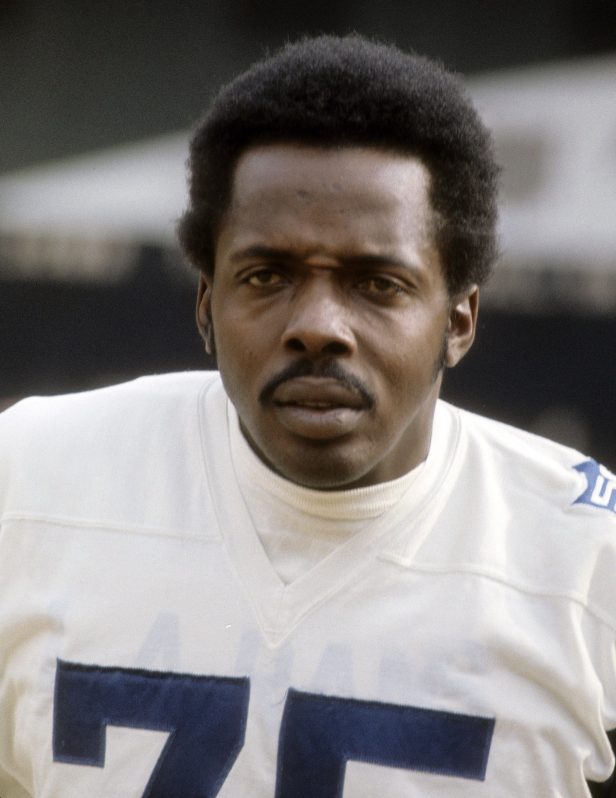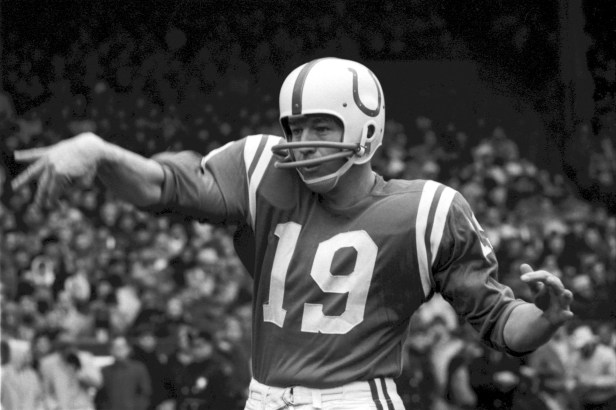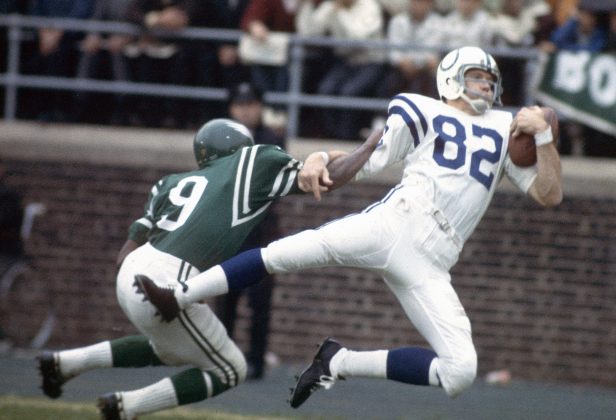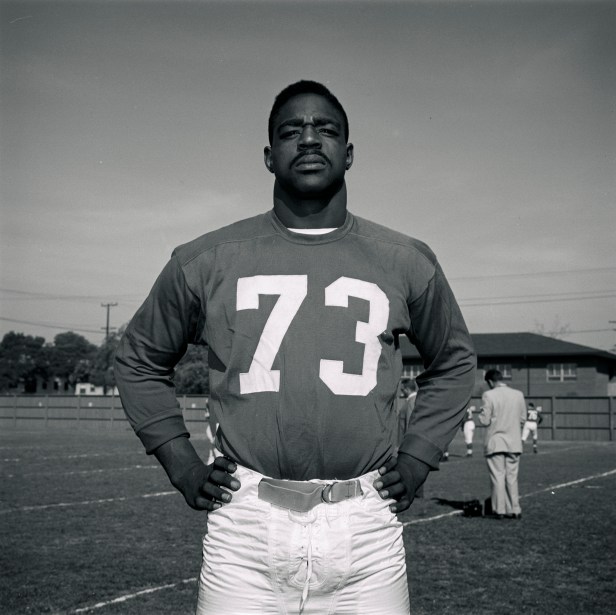Look, we all know pro sports drafts are kind of a crapshoot, no matter which sport you're talking about.
Videos by FanBuzz
For every LeBron James, Peyton Manning, Alex Ovechkin, or Bryce Harper taken first overall en route to multiple MVP awards, there are draft busts Michael Olowokandi, Tim Couch, Patrik Stefan or Brien Taylor that goes in completely the opposite direction. Nowhere is this more true than in football, where you never really know what you're getting, even with a first-round or second-round selection. The flip side to that, though, is that a lot of the time, smart teams land draft steals impossibly late in the game.
Even still, it's almost unfathomable to think how long it took some of these guys to come off the board. Even leaving aside the name you immediately thought of when you read this headline, a shocking number of Hall of Famers didn't get picked until draft rounds so late they don't even exist anymore. It's not limited to one position, either; there's a bunch of quarterbacks here, but there's also a fair share of defensive backs, wide receivers, offensive and defensive lineman — even a tight end and a running back. The one thing they all had in common is they all made opposing teams regret their mistake.
So who are the biggest NFL Draft steals of all time enshrined in Canton? Which players had opposing teams kicking themselves for passing up when they had the chance? It has to start with these 14 Pro Football Hall of Fame inductees. Not to drop any spoilers or anything, but uh, let's just say not many of them were drafted by the Jets or the Lions.
The 14 NFL Draft Steals Who Had Hall of Fame Careers
Shannon Sharpe (7th Round, 1990)
Shannon Sharpe was a living example in how teams can psych themselves out of a great player. The scouting report on him going into the draft was he was too big for a wide receiver, yet too small for a tight end, which is exactly how he lasted until the 192nd overall pick. Heck, it even took the Denver Broncos a couple years to figure out what they had, as they used Sharpe at wideout for two years before realizing "hey, maybe we should try the uncoverable big guy as a safety valve." Since Sharpe was the first tight end to ever cross 10,000 career receiving yards, won three Super Bowls (two with Denver, one with the Ravens) and now has a plaque in the Hall of Fame, I'd say they made the right call in the end.
Richard Dent (8th Round, 1983)
Those 137.5 career sacks is a hell of a thing to find in a round so late it no longer exists in the NFL Draft. An important cog in the Chicago Bears' only Super Bowl victory in 1985 (he won Super Bowl MVP that year), Dent was never that flashy a pass rusher, but he didn't have to be when he was just so consistently good. From 1984-1993, he averaged 12 sacks per year, and he still ranks 10th on the all-time list.
Joe Montana (3rd Round, 1979)
Related: Joe Montana's "Chicken Soup Game" Proved Why He's a Legend
You have to be pretty darn good for a third-round pick to count as a major steal. Up until the arrival of Tom Brady and Peyton Manning, Joe Montana widely regarded as the greatest quarterback of all time for his postseason heroics, so I would say that qualifies. It's weird that he lasted that long considering he played for Notre Dame, which at the time was a premier college program. The San Francisco 49ers signal-caller was one of only three Hall of Fame players taken in that draft and one of only two QBs taken that year to ever make a Pro Bowl.
Bart Starr (17th Round, 1956)
That's not a typo; the NFL of the 1950s really did feature literally dozens of rounds, and as far as I can tell, Bart Starr of the Green Bay Packers is the only Hall of Fame QB selected even later (by one pick, 200th to 199th) than Tom Brady. It's not like he played at some nothing school; the guy went to Alabama, for Christ's sake! His numbers don't look like much by today's standards — nobody really passed the ball much during the '50s and '60s — but Starr won an NFL MVP and led Green Bay to five NFL Championships and two Super Bowls (the game didn't exist until he was in his 30s).
Roger Staubach (10th Round, 1964)
Related: Who Threw the First "Hail Mary" Pass Ever?
Roger Staubach was actually drafted by two leagues (he was also selected in the 16th round of the AFL Draft by the Kansas City Chiefs), but far, far lower than he should have been. Because of (prescient, it turned out) concerns he would enter military service before going pro, the Heisman Trophy winner at Navy slipped all the way until the Dallas Cowboys snagged him with the 129th overall selection. Even though he didn't debut until age 27, the wait was worth it: Staubach was nicknamed "Captain Comeback" for his late-game and playoff heroics in leading Dallas to its first two Super Bowl wins.
Mike Webster (5th Round, 1974)
Most modern fans remember Mike Webster as the first guy to ever get diagnosed with CTE. That's a shame, because he was probably the greatest center in NFL history. Linemen are an area where you can usually make decent pickups in the later rounds, but Webster was on another level entirely, starting 150 consecutive games and anchoring the Pittsburgh Steelers offensive line to four Super Bowl wins. I don't think this is even an opinion: Terry Bradshaw doesn't make the Hall of Fame without Mike Webster snapping the ball to him for nearly his entire career.
Larry Wilson (7th Round, 1960)
It's not all that surprising when great safeties slip into the middle rounds, because teams forget about that position — a lot of the time, you don't notice safeties unless they're really good or really, really bad. The St. Louis Cardinals seventh-round selection in 1960 was very much the former, making eight Pro Bowls, five All-Pro teams and two different All-Decade Teams (the '60s and '70s). Wilson was particularly noteworthy for being the first true blitzing safety, racking up 21 sacks during his career to go along with 52 interceptions.
Willie Davis (15th Round, 1956)
Even when Cleveland does something right, they still manage to mess it up. The Cleveland Browns took defensive end Willie Davis 181st overall in 1956 then spent two seasons not really knowing what to do with him before they ultimately dealt him to Green Bay. Considering Davis went on a Rampage of fives, making five Pro Bowls and five All-Pro teams as the Packers won five NFL Championships (then two Super Bowls for good measure), it's safe to say Cleveland lived to regret that decision.
Cris Carter (4th Round, Supplemental Draft, 1987)
Wide receiver Cris Carter deserves special mention for being the only guy on this list to get taken in the Supplemental Draft. Teams didn't want the guy because of perceived head case issues...issues which proved prescient after the team that selected him, the Philadelphia Eagles, cut him after three tumultuous seasons. Carter signed with the Minnesota Vikings as a free agent, then a couple years later, everything clicked (read: he got help for his drug problem) and he rattled off eight straight 1000-yard seasons into his mid-30s, leading the league in receiving touchdowns three different times.
Terrell Davis (6th Round, 1995)
It's incredible to think running back Terrell Davis didn't get picked until the sixth round considering how immediately dominant he was. Davis had four straight 1000-yard rushing seasons to open his career, including his wrecking ball 1998 season when he rushed for 2000 yards, won an MVP award and helped lead the Denver Broncos to their second straight Super Bowl win. Then he detonated his knee and his career was all but over, becoming the NFL's ultimate comet story. Despite doing virtually all his damage by age 26, though, nobody was surprised when TD made the Hall of Fame, which is pretty great value for the 196th overall selection.
Deacon Jones (14th Round, 1961)
Related: The 11 Best NFL Players Who Attended HBCUs, Ranked
Even the guy who invented the term "quarterback sack" didn't get any respect coming into the league. It's incredible to think the guy who ranks third all time in sacks with 173.5 (unofficially, as the league didn't track the statistic until after his career was over) didn't come off the board until the Los Angeles Rams took him with the 186th pick. There's really not much debate here: until Reggie White, Lawrence Taylor and Bruce Smith, Deacon Jones was the greatest pass-rusher ever, at one point leading the league in sacks five times in a six-year span.
Johnny Unitas (9th Round, 1955)
It's kind of amazing just how many all-time great QBs are on this list. Before Brady, before Montana, Johnny Unitas was widely regarded as the best signal-caller ever — and even he didn't get taken until the 102nd overall pick. Hilariously, even the team that did draft him passed on him: after one season on the Pittsburgh's practice squad, the Steelers let Unitas walk to the Baltimore Colts. Three MVP Awards, three NFL Championships and one Super Bowl win later, it's safe to say they probably wanted a do-over.
Raymond Berry (20th Round, 1954)
Fun fact: not only was Unitas overlooked, but so was the Hall of Fame guy he was throwing the ball to. Wide receiver Raymond Berry lasted until 232nd overall in 1954, then eventually formed one of the league's first great passing duos with Unitas. The pair won two NFL Championships as Berry led the league in receptions and receiving yards three times each (and receiving TDs twice).
Rosey Brown Jr. (27th Round, 1953)
There's missing a talented guy, and then there's missing a talented guy so badly nobody takes him until a pick so late it literally doesn't exist anymore: 322nd overall. Other than undrafted Kurt Warner, I can't find any future Hall of Famer taken later than the New York Giants' 27th-Round afterthought out of Morgan State. Considering he quickly became the best left tackle in the league, it's hard to find better value compared to pick than this one — even considering Tom Brady.
